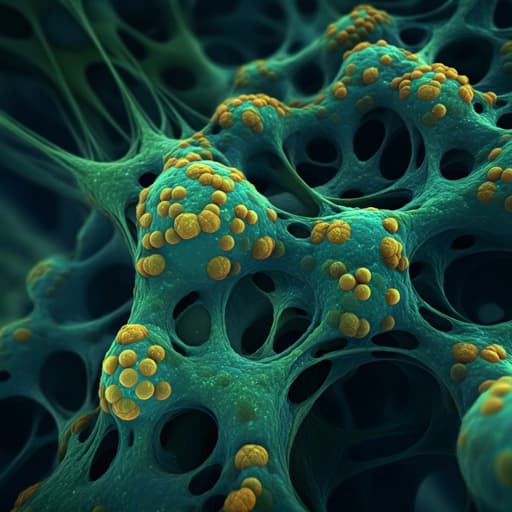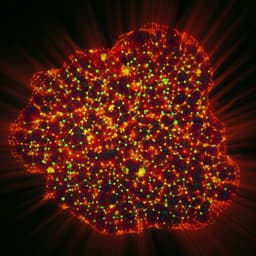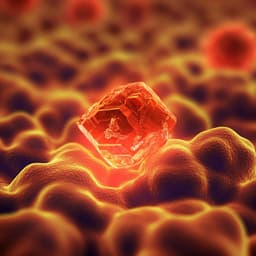
Medicine and Health
A huge primary adenoid cystic carcinoma of the lung: case report and review of the literature
Z. Laklaai, K. Chanoune, et al.
This intriguing case report by Zakaria Laklaai, Khadija Chanoune, Hanane Benjelloune, Nahid Zaghba, and Najiba Yassine explores an unusual presentation of primary adenoid cystic carcinoma of the lung in a 50-year-old male, revealing diagnostic challenges and the necessity for palliative chemotherapy due to advanced staging.
~3 min • Beginner • English
Related Publications
Explore these studies to deepen your understanding of the subject.







